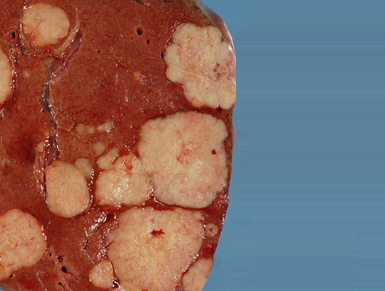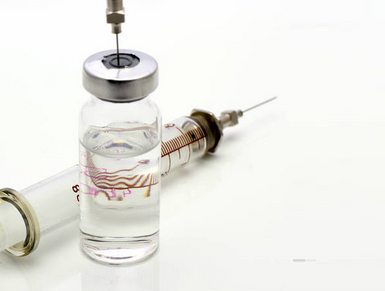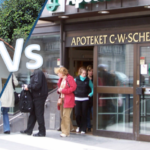DOI: 10.13140/RG.2.1.4886.1280
ABSTRACT
Technologies: Alteplase (accelerated and conventional administration), streptokinase and tenecteplase
Indication: Treatment of Acute Coronary Syndromes (ACS), which include acute myocardial infarction (AMI).
Characterization of technologies: The thrombolytic agents are responsible for the transformation of plasminogen into plasmin, which has the ability to degrade fibrin, the major component of thrombus, leading cause of ACS. The evaluated thrombolytics are divided into fibrin-specific (alteplase; tenecteplase) and not fibrin-specific (streptokinase).
Question: Alteplase, streptokinase and tenecteplase are efficient, effective and safe treatment in hospital and pre-hospital patients diagnosed with AMI or other SCA?
Search and analysis of scientific evidence: We searched the databases The Cochrane Library (via Bireme), Medline (via Pubmed) and Lilacs. We sought to systematic reviews (SR) of clinical trials that compared the drugs with each other or with other therapeutic options in treating AMI and ACS. We also searched for health technology assessments (HTA) and therapeutic guides on websites of international agencies and the Brazilian Network for Technology Assessment in Health. We selected studies published in English, Portuguese or Spanish.
Summary of the results of the selected studies: Three systematic reviews were included in meta-analysis, two health technology assessments and two therapeutic guidelines about thrombolysis in SCA. The thrombolytics are only indicated and effective for AMI with ST segment elevation (STEMI), and its use does not present benefits in other SCA as AMI without ST segment elevation and unstable angina. In STEMI thrombolytic therapy is considered as a second line treatment, angioplasty is the first. Regarding the main outcomes, prehospital use of thrombolytics showed no significant differences in relation to in-hospital use, however these findings were obtained in a context of developed countries, with an effective emergency transport system. Among the evaluated technologies we cannot affirm the superiority of any over the other with a high level of evidence. The prognosis of the patient, medical history and contraindications of drugs are important factors in the choice of therapy. Cost-effectiveness studies indicated that streptokinase is the most cost-effective medicine, given the fact that has lower price and similar effectiveness.
Recommendation: For patients with no indication for angioplasty and who have no contraindications to the use of thrombolytic therapy is recommended the use of streptokinase due to its higher relative cost-effectiveness compared to alteplase and tenecteplase. For patients who have used streptokinase before or have poor prognostic is recommended the use of alteplase with accelerated administration.
Full content in Portuguese
































Adicionar Comentário